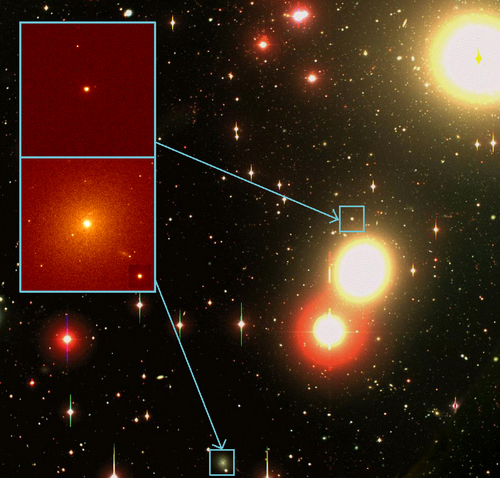Pavel Kroupa, an astronomer at the University of Bonn in Germany, led a research team that's proposing the unexplained density may actually be a relic of stars that were once packed together a million times more closely than in the solar neighbourhood. The new paper appears in the Monthly Notices of the Royal Astronomical Society.
UCDs were discovered in 1999. At about 60 light years across, they are less than 1/1000th the diameter of the Milky Way - but much more dense. Astronomers have proposed they formed billions of years ago from collisions between normal galaxies. Until now, exotic dark matter has been suggested to explain the 'missing mass.'

In today's UCDs, the authors think, the previously unexplained mass comprises these dark remnants, largely invisible to Earth-based telescopes.
"Billions of years ago, UCDs must have been extraordinary," study co-author Joerg Dabringhausen, also of the University of Bonn, said in a press release. "To have such a vast number of stars packed closely together is quite unlike anything we see today. An observer on a (hypothetical) planet inside a UCD would have seen a night sky as bright as day on Earth."



Reader Comments
to our Newsletter